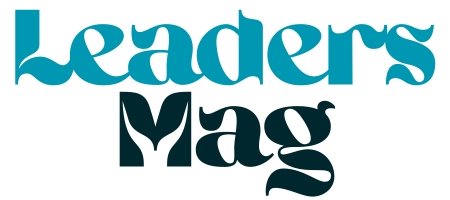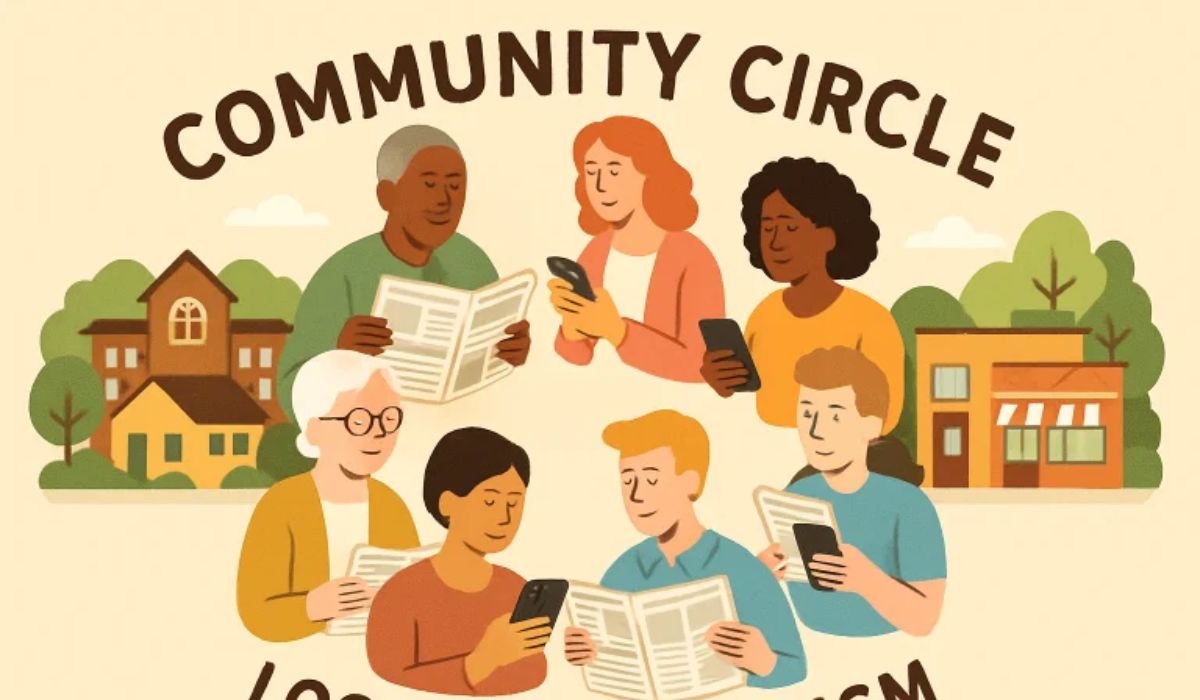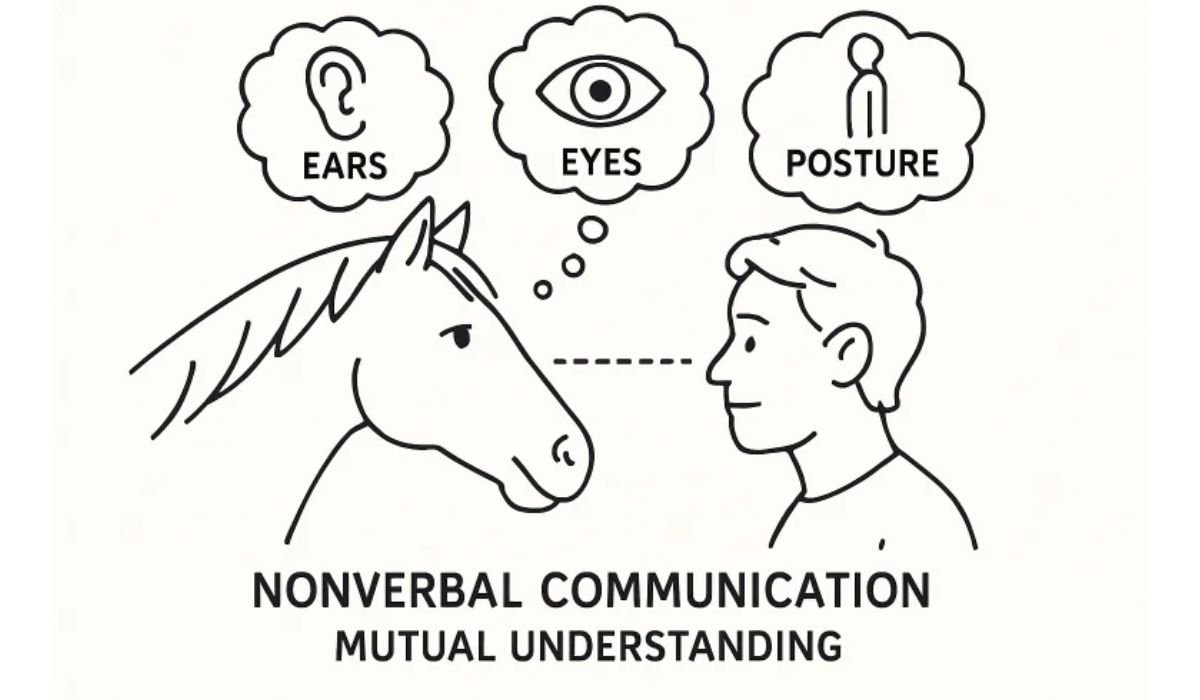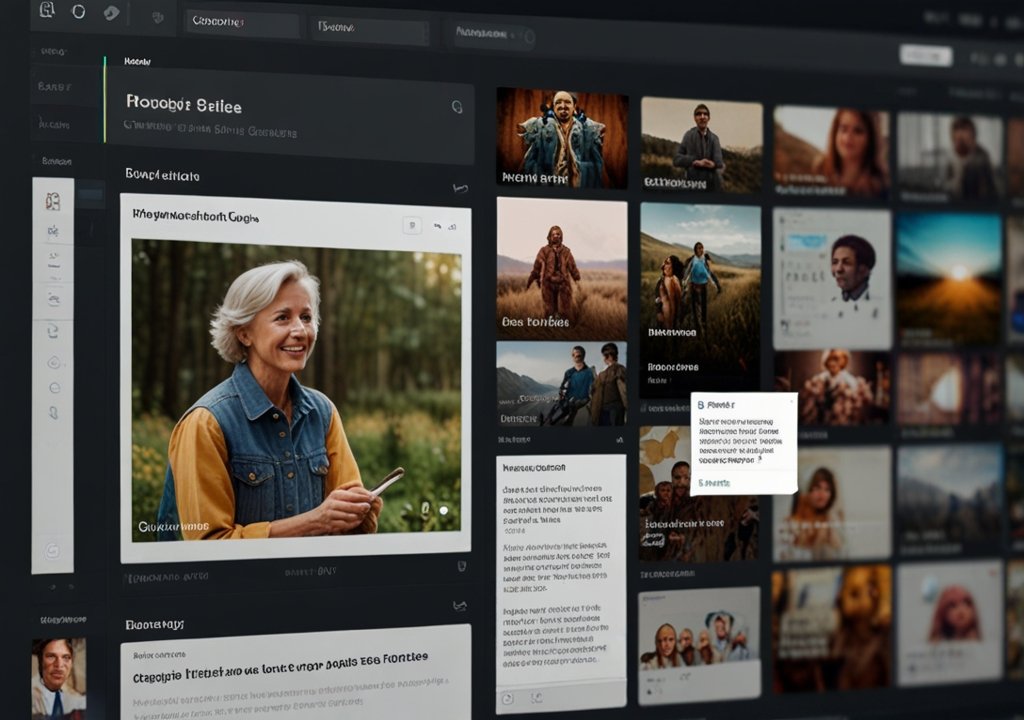Table of Contents
- The Changing Landscape of Construction
- Real Benefits of Diverse Teams
- Challenges Faced and Overcome
- Leadership Roles in Driving Inclusivity
- How Women Are Breaking Barriers
- Impact on Project Outcomes
- Future Trends Shaping Inclusion
- Resources for Promoting Diversity
The Changing Landscape of Construction
Over the last decade, the construction industry has undergone a profound shift—not just in the way buildings are designed and constructed but also in the composition of the workforce itself. Once perceived as a rigid, male-dominated field, construction today is steadily opening up to professionals from diverse backgrounds and perspectives. This new wave is driven by a recognition that talent, innovation, and leadership thrive where there is a rich mix of voices around the table. The inclusion of companies such as a woman owned contracting company reflects a larger industry movement: the active dismantling of traditional barriers to participation in every aspect of building and project management.
With today’s projects demanding greater agility and creative problem-solving, companies are awakening to the need for collaborative environments where everyone can contribute their best ideas. No longer are hiring and advancement opportunities limited by outdated norms. Instead, teams increasingly feature professionals with varied technical skills, cultural insights, and career experiences—creating fertile ground for dynamic, adaptive project outcomes. Industry trends suggest that organizations that value these differences are better equipped to navigate economic shifts, meet the needs of diverse communities, and achieve operational excellence in challenging market conditions.
Real Benefits of Diverse Teams
The advantages of building truly diverse construction teams go well beyond optics. Comprehensive studies and industry data consistently demonstrate a link between diversity and real business success. When employees feel comfortable expressing their unique viewpoints, it paves the way for faster identification of risks, development of creative solutions, and a more thorough approach to complex challenges.
- Greater creativity: Cross-functional teams generate inventive ideas, often combining technical expertise with fresh, outside-the-box thinking. This synergy can lead to innovative designs, advanced safety protocols, and construction methods that reduce costs or enhance quality.
- Better collaboration: When individuals with different backgrounds and communication styles come together, trust and understanding have room to flourish. This leads to more effective meetings, transparent problem-solving, and reduced conflicts.
- Increased employee satisfaction: People who see themselves reflected in leadership and on job sites are more likely to feel valued, increasing loyalty and long-term retention. This reduces turnover—saving companies substantial resources on recruitment and training.
Challenges Faced and Overcome
Despite these significant benefits, driving diversity and inclusion is not without obstacles. Ingrained cultural norms and unconscious bias have long influenced the construction sector. For some workers and leaders, change can feel uncomfortable, requiring a new way of thinking about hiring, communication, and team structure. Legacy structures and job site cultures have historically prioritized “fitting in” over standing out or sharing distinct perspectives.
However, successful firms are tackling these challenges head-on by investing in targeted mentorship initiatives and robust diversity training. Structured mentoring connects early-career professionals and those from underrepresented backgrounds with experienced leaders, helping all team members build confidence and skills that might otherwise be overlooked. Bias awareness workshops and regular forums for open feedback also help to dismantle hidden barriers. The positive impact is measurable: lower turnover, higher job satisfaction, and increased innovation. In short, when organizations prioritize inclusion as a shared value, the entire industry benefits.
Leadership Roles in Driving Inclusivity
Visionary leadership is crucial for fostering genuinely inclusive environments. Leaders in construction management are uniquely positioned to set priorities and build cultures where fairness and respect drive day-to-day operations. When individuals at the top demonstrate a genuine commitment to diversity—by championing flexible schedules, ensuring transparent promotions, and encouraging ongoing professional development—their teams are more engaged and motivated.
These leaders recognize that diverse teams bring a broader range of knowledge and insight to the table. By actively seeking feedback from every corner of the organization and implementing ideas from team members at all levels, executives ensure that everyone has an opportunity to advance and contribute meaningfully. Firms that openly celebrate the achievements of diverse staff not only build stronger internal cultures but also attract clients who value equitable, community-centered business practices.
How Women Are Breaking Barriers
Perhaps nowhere is the progress of diversity more visible than in the increased participation of women within construction management. Over the last decade, more women are finding success not just in technical roles but as company founders, project leaders, and influencers in boardrooms. According to the Bureau of Labor Statistics, the percentage of women in construction management roles has grown from 7.5% in 2010 to almost 11% in 2023. The pace of change is quickening as women demonstrate their ability to lead high-profile projects and drive innovation from the ground up.
Each woman who rises to senior roles paves the way for others—shifting industry expectations and norms. Initiatives that showcase female leaders, champion active recruitment, and promote professional development are inspiring a new generation to explore careers in the construction industry. When clients, vendors, and new hires see women leading large-scale projects with skill and poise, it signals a future where leadership is defined by talent and vision rather than outdated stereotypes.
Impact on Project Outcomes
The value of diversity is most visible in the results achieved on complex projects. Teams with a breadth of experience and backgrounds are adept at uncovering unique project risks, identifying opportunities for efficiency, and responding resourcefully to unexpected hurdles. In practice, these teams are more likely to deliver on time and even under budget, exceeding the expectations of clients and business partners.
Moreover, increased diversity correlates with improved site safety—an outcome of differing perspectives on potential hazards and risk mitigation. As organizations adopt stricter compliance and safety regulations, teams that draw on a broad base of knowledge are becoming increasingly indispensable. Companies with inclusive cultures also report stronger relationships with clients and communities, often resulting in repeat business and positive word-of-mouth.
Future Trends Shaping Inclusion
Looking ahead, diversity and inclusion are set to play an even greater role in the future of construction management. Emerging technologies—such as cloud-based project management systems, virtual reality safety training, and digital collaboration tools—are leveling the playing field for remote work and flexibly structured teams. As younger generations with different values enter the workforce, companies will need to adapt their cultures to attract and retain top talent.
Transparency in hiring, data-driven approaches to advancement, and the normalization of ongoing learning are likely to become non-negotiable standards. As these trends evolve, construction firms that foster equitable, forward-thinking environments won’t just thrive—they’ll lead, innovate, and set benchmarks for the rest of the industry.
Resources for Promoting Diversity
- Mentorship Programs: Structured support systems connect individuals with mentors who offer guidance, opportunities, and real-world advice on career progression, soft skills, and technical expertise.
- Diversity Training: Interactive learning—in the form of workshops, online courses, or facilitated discussions—encourages workers at every level to identify bias and develop empathy for colleagues from different backgrounds.
- Professional Networks: Associations such as the National Association of Women in Construction foster connection, leadership development, and public advocacy, making it easier for underrepresented voices to grow and thrive.
- Stay Current: Keeping up with industry news and reports about workforce development allows professionals and companies alike to remain competitive and informed on emerging best practices, including those related to inclusive cultures.
The construction industry’s embrace of diversity at every level is creating spaces where all talent can shine—not just in boardrooms or job sites but in the lives and communities shaped by their work. The progress made and the ongoing commitment to inclusion will continue to fuel a future of dynamic growth and opportunity for everyone involved.











